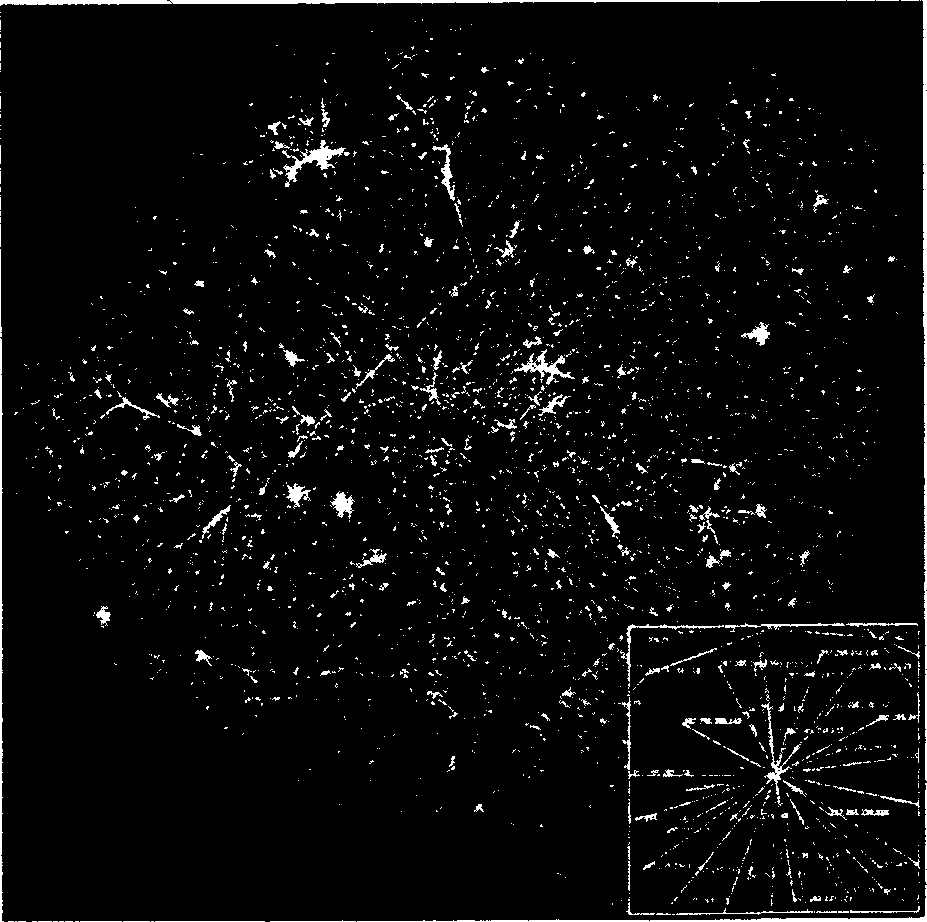
- •Information Technology
- •5. Find synonyms of the following expressions among the words and word combinations of the previous exercises:
- •6. Use each of Exercise 3 words/expressions in the sentences from the text.
- •Information Technology's Role Today
- •Unit 2
- •A. Comprehension
- •B. Vocabulary
- •Historical preamble
- •Unit 3 Computer
- •A. Comprehension
- •11) Circuit Imple- mentation Exercises
- •3. Make a summary of the text using the words from Vocabulary Exercises. B. Vocabulary
- •4. Give English-Russian equivalents of the following words and ex- pressions:
- •5. Find the word not belonging to the given synonymic group. Explain your choice.
- •Harvard or von Neumann?
- •Архитектура компьютера
- •B. Vocabulary
- •Unit 9 Operating System
- •Unit ю Data Conversion
- •6. Translate the words/expressions into English:
- •7. Interpret the following abbreviations:
- •8. Read the text. Give the title to it. Make an outline of the text and a one-sentence summary of each part.
- •Конвертация данных
- •Unit 11 Data Storage
- •A. Comprehension
- •Unit 12 Data Processing
- •Rocessor
- •Exercises
- •Define the term 'data processing'.
- •Explain the reference to data-processing systems as information systems, their difference.
- •Answer these questions:
- •4. Summarize the text using the words from Vocabulary Exercises.
- •5. Give English-Russian equivalents of the following words and ex- pressions:
- •6. Find the word belonging to the given synonymic group among the words and word combinations from the previous exercise:
- •Data Validation
- •Unit 13
- •Information Retrieval
- •A tipical iRsystem
- •Exercises a. Comprehension
- •B. Vocabulary
- •Performance Measures
- •History
- •Information Overload
- •Data Transmission
- •Applications and History
- •Protocols and Handshaking
- •A. Comprehension
- •B. Vocabulary
- •С. Reading and Discussion
- •Protocol
- •Unit 15
- •A. Comprehension
- •B. Vocabulary
- •Unit 16
- •B. Vocabulary
- •C. Reading and Discussion
- •History
- •Internet
- •Visualization of the various routes through a portion of the Internet
- •Internet Structure
- •A. Comprehension
- •С. Reading and Discussion
- •Voice Telephony
- •Internet Creation
- •Web Design
- •A. Comprehension
- •Glossary
- •Variable — переменная (величина)
Internet
электромагнитное излучение — electromagnetic radiation; раз- розненный — scattered, uncoordinated
13. Talking points:
Computer network: its definition and views.
Networking methods.
Computer networks history.
The OSI Model.
The Internet is a global system of interconnected computer net- works that interchange data by packet switching using the standard- ized Internet Protocol Suite (TCP/IP). It is a «network of networks» tiiat consists of millions of private and public, academic, business, and government networks of local to global scope that are linked by copper wires, fiber-optic cables, wireless connections, and other technologies.

Visualization of the various routes through a portion of the Internet
— 251
The Internet carries various information resources and services, such as electronic mail; online chat, file transfer and file sharing, online gaming, and the inter-linked hypertext documents and other resources of the World Wide Web (WWW).
Internet Protocols
The complex communications infrastructure of the Internet con- sists of its hardware components and a system of software layers that control various aspects of the architecture. While the hardware can often be used to support other software systems, it is the design and the rigorous standardization process of the software architecture that characterizes the Internet.
The responsibility for the architectural design of the Internet software systems has been delegated to the Internet Engineering Task Force (IETF). The IETF conducts standard-setting work groups, open to any individual, about the various aspects of Internet architecture. Resulting discussions and final standards are published in Request for Comments (RFCs), freely available on the IETF web site.
The principal methods of networking that enable the Internet are contained in a series of RFCs that constitute the Internet Standards. These standards describe a system known as the Internet Protocol Suite. This is a model architecture that divides methods into a layered system of protocols (RFC 1122, RFC 1123). The layers correspond to the environment or scope in which their services operate. At the top is the space (Application Layer) of the software application, e.g., a web browser application, and just below it is the Transport Layer which connects applications on different hosts via the network (e.g., client-server model). The underlying network consists of two layers: the Internet Layer which enables computers to connect to one-another via intermediate (transit) networks and thus is the layer that establishes internetworking and the Internet, and lastly, at the bottom, is a software layer that provides connectivity between hosts on the same local link (therefor called Link Layer), e.g., a local area network (LAN) or a dial-up connection. This model is also known as-Ate TCP/IP model of networking. While other models have been developed, such as the Open Systems Interconnection (OSI) model, they are not compatible in the details of description, nor implementation.
The most prominent component of the Internet model is the Inter- net Protocol (IP) which provides addressing systems for computers on
— 252 —
the Internet and facilitates die internetworking of networks. IP Version 4 (IPv4) is the initial version used on the first generation of the today's Internet and is still in dominant use. It was designed to address up to —4.3 billion (109) Internet hosts. However, the explosive growth of the Internet has led to IPv4 address exhaustion. A new protocol version, IPv6, was developed which provides vastly larger addressing capabilities and more efficient routing of data traffic. IPv6 is currently in commercial deployment phase around the world.
IPv6 is not interoperable with IPv4. It essentially establishes a «parallel» version of me Internet not accessible with IPv4 software. This means software upgrades are necessary for every networking device that needs to communicate on the IPv6 Internet. Most modern computer operating systems are already converted to operate with both version of the Internet Protocol. Network infrastructures, however, are still lagging in this development.
